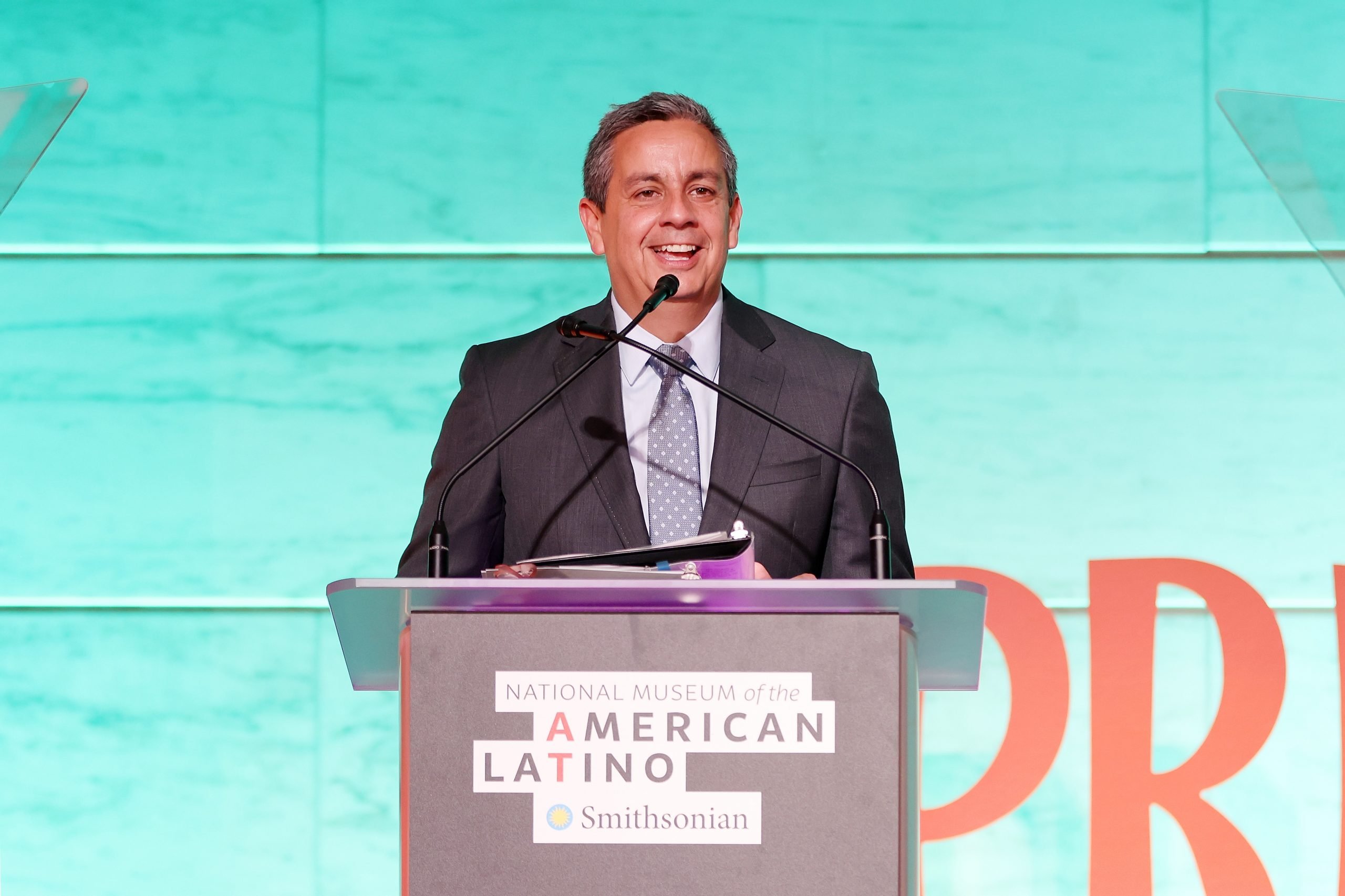
The director of the National Museum of the American Latino, one of many institutions within the Smithsonian group of museums, is facing a lawsuit over a Latino-focused internship program.
The lawsuit was filed against director Jorge Zamanillo on February 22 in a Washington D.C. federal court by Edward Blum, the 73-year-old legal strategist behind the U.S. Supreme Court’s decision to overturn affirmative action in college admissions.
Blum—who likens himself to the Fiddler on the Roof matchmaker Yente, pairing potential litigants with lawyers to overturn race-based policies—leads the American Alliance for Equal Rights, which claims the museum’s internship program for undergraduate students violates the U.S. Constitution.
“Beyond preserving some of the country’s most cherished pieces, the Smithsonian long embodied our Nation’s highest ideals,” Blum’s team began the lawsuit. “Unfortunately, the Smithsonian has strayed from its commitment to racial neutrality.”
Blum’s legal argument cites the exact Students for Fair Admissions v. Harvard case that reached the Supreme Court last year as the legal basis for why the Smithsonian internship program is unlawful.
The National Museum of the American Latino was created by an act of Congress in 2020 as a body within the Smithsonian Institution. The internship program was launched about a year later, in 2021, and offers students full-time work for 12 weeks, as well as lectures and workshops, mentorship and other programming. The museum previously faced pushback and funding cuts from conservatives.
“The internship is not equally open to non-Latinos,” Blum’s team argued in the court documents. His team pointed to the first sentence of the job description, in which the museum stated that the internship is “designed to increase hands-on training opportunities for Latina, Latino, and Latinx-identifying undergraduate students.”
The museum said that the program would seek to make changes to the field by increasing the representation of Latina and Latino museum professionals, noting that only five percent of key museum positions are filled by people who identify as Latina, Latino, or Latinx.
And, on the application for the internship, the museum asked pointed questions about diversity including asking potential participants if they consider themselves a member of the Latino community or a Hispanic subgroup, encouraging applicants to discuss their ethnic identities.
Blum’s team further pointed to comments from museum officials—as well as the White House—who have made remarks that the internship program is meant to prepare Latino students specifically for succeeding in the workforce.
“Since the internship started, the Museum has hired two classes of interns: one in 2022 and another in 2023. In both years, not a single intern identified as Black, Asian, or white. During the same two-year window, at least 25 interns—nearly 90 percent of participants—self-identified as Latino,” Blum’s team said. “No intern identified as non-Latino.”
Blum’s team argued that purported members of his alliance, who remained anonymous in the court documents, have been harmed by the museum’s alleged discrimination. One purported alliance member, of biracial Black and White parents, “likes art, museums and history” and “satisfied all the internship’s requirements” but cannot apply because “the museum hires only Latino interns.”
David Coronado, a spokesman for the museum, declined to comment on the lawsuit when reached by CNN.
“We are unable to provide a statement regarding this complaint,” Coronado said. “As a matter of policy, the Smithsonian does not comment on litigation.”
Though Blum had success with taking down affirmative action in school admissions at schools in the U.S., the Supreme Court decision did not apply to the U.S. Military Academy at West Point. The Supreme Court has since rejected a request from Blum’s Students for Fair Admissions to block race-conscious admissions at the prestigious military college.